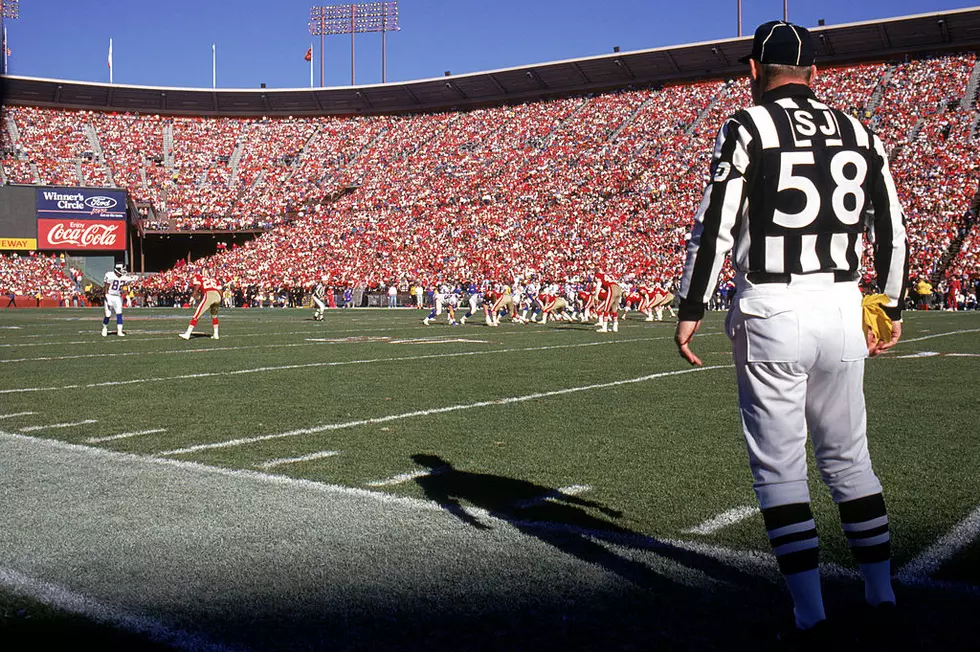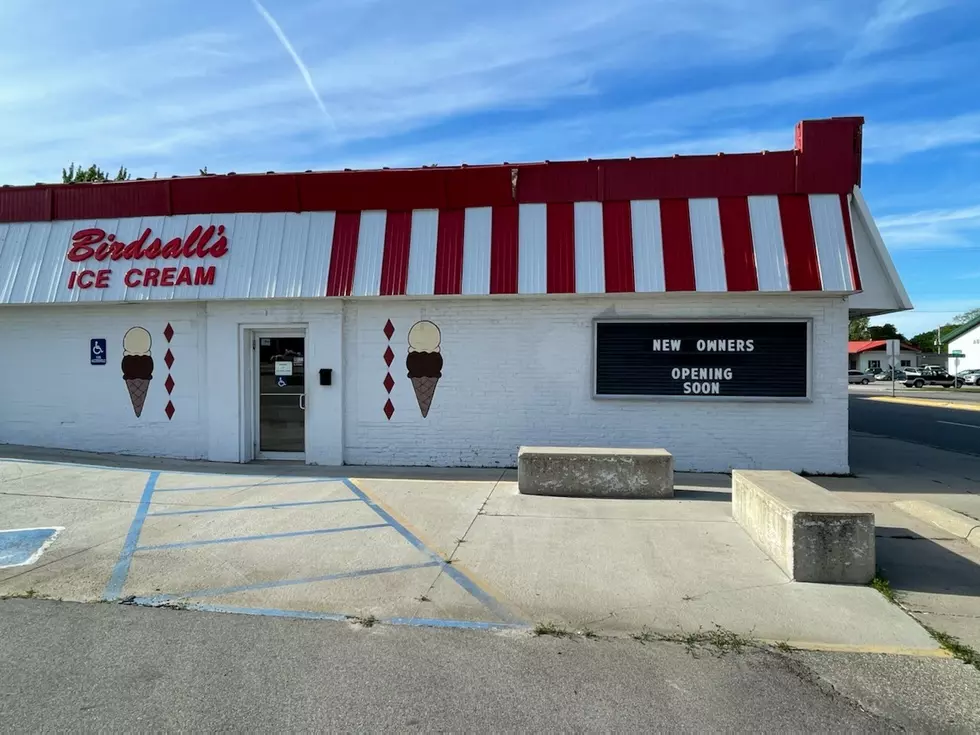
So, What’s Really Going On With Meat In Iowa Grocery Stores?
Ok, so by now, we have seen so many headlines and empty shelves that it may start feeling like food shortages are a new normal, but we may be looking at it all wrong.
No, your eyes have not been deceiving you when you see empty shelves but Iowa State University Livestock Economist Lee Schulz says we are using some terminology wrong when looking at the situation- for example, the worker shortage itself.
The worker shortage is being used a lot to explain the bottleneck situations that we've had and what I'll term as availability issues.
So, when economists are thinking of shortages…
We're thinking in the sense that free markets prices will eliminate shortages because it helps ration the demand out there. And so, in that thinking, shortages don't exist.
So, to understand what we have been seeing at grocery stores, Schulz says we need to look to the height of slaughterhouse disruptions back in April and May of 2020.
We didn't have a tight supply of livestock; we had a bottleneck in the ability to process that livestock into meat for consumers. That's why we saw availability issues at grocery stores, primarily because that's where food was being consumed- at home because of closures throughout the marketplace.
This caused an increase in demand for meat at the grocery stores because more people were forced to stay in and make meals from home. And as we all know; this ultimately leads to people stocking up or “hoarding”.
You were seeing some consumers stock up, right. So, I was having more in my freezer than would be typical, because not only was I buying for the next several meals, I was worried about that availability for the meals even after that and so they're using this stocking up behavior.
And even with the shift in demand, prices stayed relatively the same.
Economists will argue that those prices should have increased even more to ration some of that additional demand, right? And so, if prices were much higher even, maybe I wouldn't have stocked up as much.
But it’s not like prices are not rising at all. One factor to the price increase Schulz says ties into this is a concept called cost-push inflation.
When you look at livestock production, it costs 30% more in 2021 to produce the same products than in 2020. We're seeing some of the highest costs of production since 2013. 2022 Could even be a little bit more expensive to produce that same livestock.
So, as you're seeing the higher cost of production and lower supply, that's also pushing those prices higher. So, you have those two forces coalescing to see the inflation that we're having today. Now when we talk about, you know those prices, they are much higher today.
And looking back at the pandemic, some are saying there is a correlation between COVID case spikes and disrupted supply chains but this may not be the case.
When you look at the resilience of the meat supply chain, I think it's been impressive. One way I have seen resiliency be defined is you get back to previous conditions or steady-state conditions. Well, when you look at the meat supply chain, really, we have seen slaughter disruptions for about seven weeks back in 2020 and then we were back to normal conditions actually above normal condition.
A big thing I think you need to think about is kind of that efficiency in normal times, which is, you know if you look back historically and you have enough data, it's 99% of the time, right? And then compared to resiliency in shocks or disruption, so I know we've experienced a lot of those disruptions here the last couple of years. But, you know, overall, we've seen a very efficient and resilient supply chain that's developed over several years.
.
Fun Facts About All of the 99 Counties in Iowa
LOOK: Iowa's 12 Smallest Towns That You Could Blink and Miss
More From AM 950 KOEL









